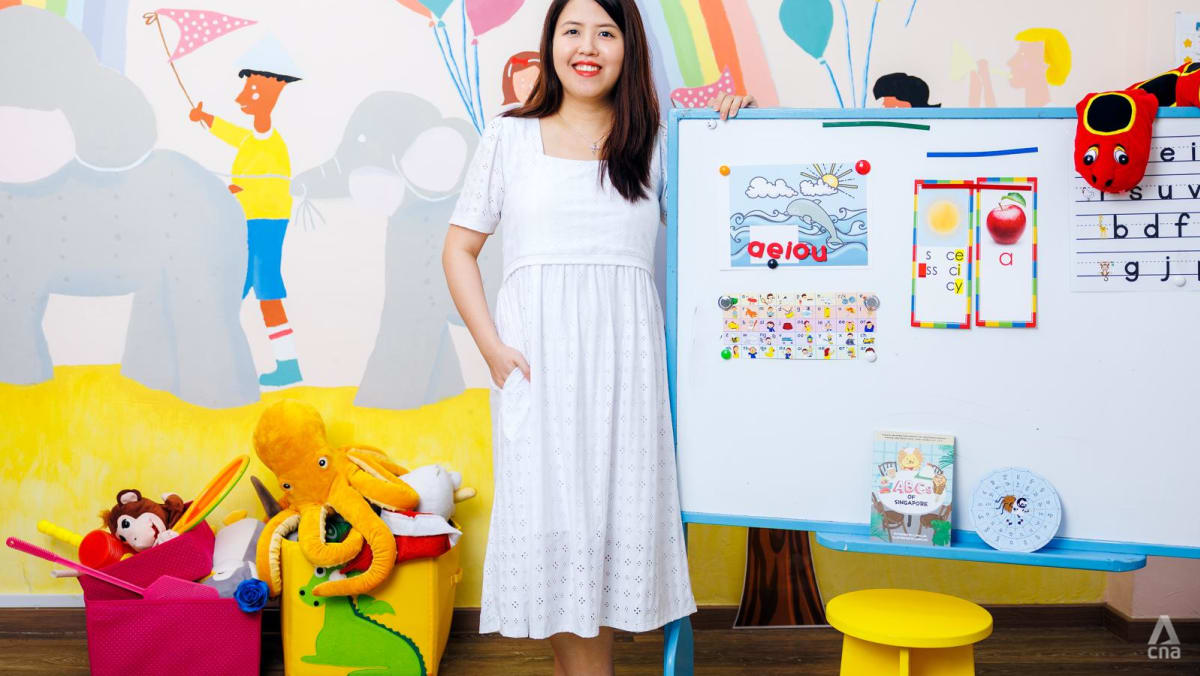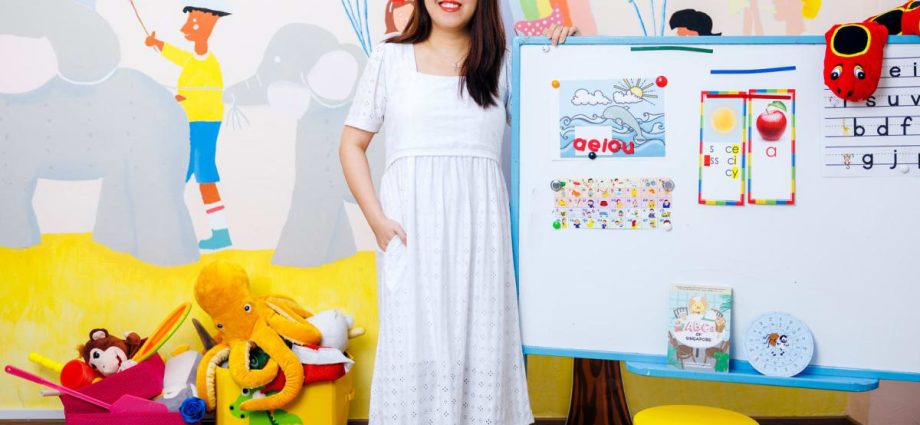
“In Singapore, many parents who can afford it are sending their children for enrichment classes to learn to read before primary school. So by the time kids enter primary one, by our estimates, 80 per cent would already know how to read simple sentences,” said the 38-year-old.
The remaining 20 per cent who cannot read come largely from underprivileged families, Lok observed.
“I want to minimise the gap between these two groups so that vulnerable children don’t enter primary school with a disadvantage,” she said.
THE WIDENING GAP FOR THE UNDERPRIVILEGED
Should five to six-year-old kids be expected to be able to read? Lok said that a dyslexia intervention programme she attended in Portland, United States, noted that it was developmentally appropriate for seven to eight-year-olds to start reading.
“But in Singapore, this is not the case because it is so competitive,” she stressed. “Since 80 per cent of kids enter primary school knowing how to read, it is very hard for the 20 per cent who are lagging behind to catch up.”
“It is like a domino effect,” she added. “If you start learning to read at a later age, you start spelling, and writing sentences and paragraphs at a later age too. That is why, in primary school, we often see the gap widening between underprivileged kids and their peers.”

